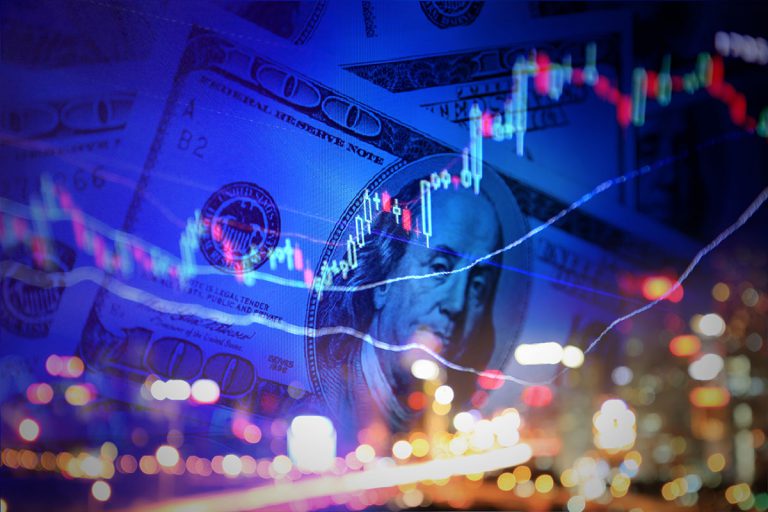2024 Distinguished Fellow Jayashankar M. Swaminathan explores how firms can build operational resilience, focusing on governance, risk management, supply chains, technology and regulatory compliance.
Join Steve Malik and the Honorable Sarah Bloom Raskin on October 10 at The Carolina Inn for “Risk, Uncertainty and Adaptive Resilience: A Fireside Chat with UNC Kenan-Flagler Dean Mary Margaret Frank."
UNC Kenan-Flagler Business School Clinical Associate Professor of Finance Arzu Ozoguz discusses the SEC's anticipated new rules around sustainability.

Credit Default Swaps Around the World
We analyze the impact of the introduction of credit default swaps (CDSs) on real decision-making within the firm. Our structural model predicts that CDS introduction increases debt capacity more when uncertainty about the credit events that trigger CDS payment is lower.
We examine empirically and theoretically the relation between firms’ risk and distance to consumers in a production network. We document two novel facts: firms farther away from consumers have higher risk premiums and higher exposure to aggregate productivity. We quantitatively explain these findings using a general equilibrium model featuring a multilayer production process.
Scholars continue to debate whether voice and silence are opposites or distinct constructs. This ambiguity has prevented meaningful theoretical advancements about employees’ voice and silence at work. We draw on the behavioral activation and behavioral inhibition systems perspective to provide a conceptual framework for the independence of voice and silence and explicate how two key antecedents—perceived impact and psychological safety—more strongly relate to voice and silence, respectively. We further differentiate voice and silence by identifying their unique effects on employee burnout.
We analyze how Dodd-Frank-mandated risk retention affects the information investors extract from issuers’ retention choices in the CMBS market. We show that the required retention level is both binding and stringent.
We find that Credit Rating Agencies (CRAs) see through transitory shocks to credit risk that stem from transitory shocks to equity prices, while market-based measures of credit risk do not. For a given stock return, CRAs are significantly less likely to downgrade firms with transitory shocks than those with permanent shocks. However, credit default swap spreads and model-implied default probabilities do not distinguish between such shocks.
We investigate whether institutional ownership (IO) plays a role in transmitting systemic risk through banks. We find robust evidence suggesting that IO is positively associated with future systemic risk. We find this relationship is stronger during economic downturns at the economy-wide level, as well as for banks demonstrating greater capital needs. Our results also suggest a trading mechanism through which active, and transient institutions in particular, play a role in propagating systemic risk.

Uncertainty Aversion and Systemic Risk
We propose a new theory of systemic risk based on Knightian uncertainty (“ambiguity”). Because of uncertainty aversion, bad news on one asset class worsens investors’ expectations on other asset classes, so that idiosyncratic risk creates contagion, snowballing into systemic risk.
We show that blockchain can be more effective than pricing strategy in eliminating the post-purchase regret and improving social welfare.







Building Business Resilience in an Age of Radical Uncertainty
As a once-orderly world grows messier in the post-pandemic era, UNC Kenan-Flagler's Christian Lundblad discusses strategic planning for low-probability, high-impact events.